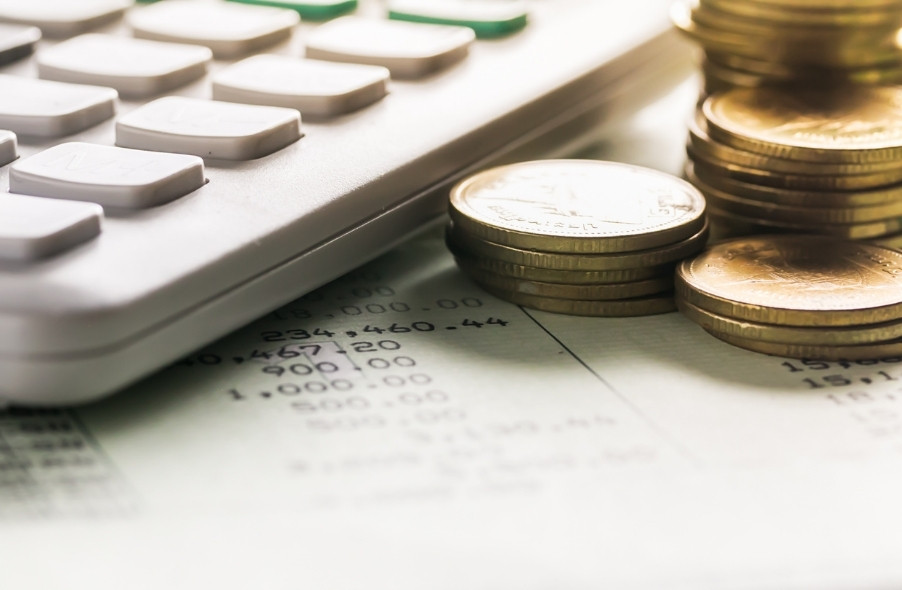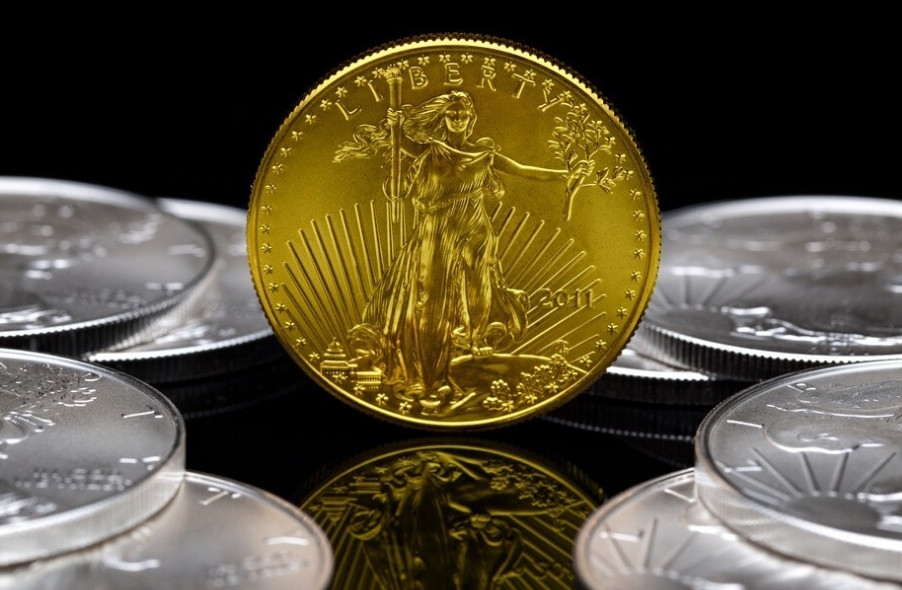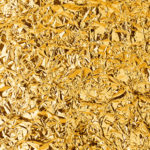If inherited, found, or bought an unusual coin for your personal collection, it’s only natural to want to know what a dealer will pay you for it. A collectible’s value depends on various factors, with rarity and condition being the most significant. Generally speaking, the higher the coin’s state of preservation, the higher its value.
Coin grading is the scientific-based process of determining a coin’s condition according to a set of benchmarks, allowing dealers to assess its quality. However, grading a coin may not always be a financially viable option. If you have a circulated coin that is abundant, its value may be too low to warrant the cost of grading.
So how much does it cost to get a coin graded? Below, we look at how much expensive coin grading is, the organizations that do grade coins, and the importance of coin grading. If you’re planning to check your coins’ value, this guide is for you!
The Correlation Between a Coin’s Grading and Value
A coin’s value is not necessarily the same as the price you paid for it. Take a coin to a dealer and offer it to them for sale. They will determine its value by taking several factors into account, including the coin’s rarity, bullion value, demand, and condition.
Modern coins are generally abundant, which means they have a relatively low value. However, there are exceptions to this rule. An error coin or a coin with a unique history can have a true rarity, making it more valuable. Older coins are also not necessarily more valuable, especially if they are still freely available.
A coin’s condition also affects its value. Depending on the type of coin, its value can be in the hundreds or even thousands of dollars if it is in perfect uncirculated or Mint State (MS) condition.
What is Coin Grading?
The two most prominent coin grading companies are the Professional Coin Grading Service (PCGS) in Newport Beach, CA, and the Numismatic Guaranty Corporation (NGS) in Sarasota, FL. These agencies use the Sheldon scale to grade coins, which is a numeric 70-point scale. In other words, the third party grades the condition of the coin on a scale from 1 to 70.
The grades along the Sheldon scale include:
- Mint State (MS) 60 – 70
- About Uncirculated (AU) 50 – 60
- Extra Fine (EF) 40, 45
- Very Fine (VF) 20, 30, 35
- Fine (F) 12, 15
- Very Good (VG) 08, 10
- Good (G) 04, 06
- About Good (AG) 03
- Poor (P) 01, 02
When third-party agencies grade a coin, they take its color, strike, luster, attractiveness, and surface preservation into account. They use these factors to issue the coin a grading score.
A coin with a PO-01 grading is identifiable but heavily worn. On the other hand, a coin with an MS-70 grading is near perfect, with no sign of wear. Most coins fall in a category between these two grading values.
After grading the coin, the grading company will sonically seal it in an airtight slab to protect it against wear and environmental damage, maintaining its quality.
The Importance of Coin Grading
Grading is not the same as assigning value to a coin. Instead, the grading agency will give the coin a numerical grade based on its condition then leave it to the market to determine its value.
However, when you buy a coin with grading from PCGS or NGC, you have the peace of mind that an unbiased and trained expert examined and evaluated the coin’s condition.
If you want to sell the coin, the grading serves as proof of the coin’s state of preservation. A standardized grading also takes the guesswork out of the equation, making it easier for the prospective buyer to evaluate the coin.
A coin with grading and certification is also less susceptible to market price fluctuations than bullion coins. If you have an inherently rare and graded coin in mint condition and high demand, market movements will have a minimal impact on its value.
In short, grading can be necessary to:
- Guarantee the coin’s quality and establish its authenticity in the eyes of prospective buyers
- Protect the coin against further wear and environmental contaminants
- Allow for easy identification and valuation
- Help gauge the coin’s market value
Note that grading a coin doesn’t automatically increase its value. However, if you have a coin with an MS 69 or 70 grading, it will be easier for you to sell the coin at the highest possible price.
Coin Grading Costs

PCGS and NGC charge several fees for grading coins. Before you can submit a coin to one of these companies, you need to sign up as a member. Both companies offer various memberships, depending on how many coins you expect to send for grading.
Currently, PCGS offers three membership tiers:
- Silver membership ($69 per year)
- Gold ($149 per year)
- Platinum ($249 per year)
All PCGS memberships offer members-only show access, direct submission, and quarterly grading specials. However, you also get eight complimentary coin gradings with the Platinum membership, and with the Gold membership, you get four.
The NGC memberships include:
- Free ($ per year)
- Associate ($25 per year)
- Premium ($149 per year)
- Elite ($299 per year)
All memberships include access to NGC online resources, but you have to sign up for the Associate membership for direct submission privileges. If you sign up for one of the two top-tier memberships, you receive a $150 grading credit with NGC. Elite members are also eligible for bulk submission rates.
In addition to membership fees, you also have to pay a fee for every coin you submit for grading. Both PCGS and NGC charge grading fees according to coin type and maximum value.
For example, PCGS charges $17 to grade a modern coin with a mint date from 1965 and a maximum value of $300. Mint error coins with a maximum value of $10,000 cost $65 apiece to grade.
If you want to grade a regular coin with a value of up to $2500, you have to pay PCGS a grading fee of $35. However, if you are a Platinum member, you can submit up to eight of these coins for free. You can also sign up for additional services, such as the TrueView™ Imaging Service, for another $5 per coin. With this service, PCGS will give you a high-resolution photo of your coin.
The costs of grading a coin also include shipping and insurance. Depending on the number of coins you submit and their total declared value, domestic postage and insurance rates can be anything from $22 to $200.
How Do I Know if a Coin Grading is Worth the Cost?
Not all coins are worth grading, and you should do some research to ensure that submitting a coin makes financial sense. The grading costs, inherent value, and condition of a coin are high in determining if a coin grading is worth your while.
For example, the brown 1909-S VDB Lincoln Cent with the wheat reverse is highly valuable. Even with a low grading of G-04, this coin has a value of around $660. If you have this coin, grading it will almost always make financial sense.
On the other hand, the brown 1910 Lincoln Cent, with the wheat reverse, is only worth around $4 with a grading of EF-40. A modern coin, such as the 2003 Lincoln Cent, is only worth grading if you are confident that it will get an MS-70 grading.
The value of the same coin can also differ significantly in the Mint State grading category.
For example, a modern 2000 Lincoln Cent with a grading of MS-68 has a value of around $80. However, this same coin with a grading of MS-70 has a worth of approximately $2,500. If this coin has a grading of MS-63, it is only worth around $3.
An MS-63 cent and an MS-70 cent may look the same to the untrained eye, but there is a big difference in their value. If you are confident that the coin has never been in circulation, it is worth grading.
How to Submit a Coin for Grading
The process of sending a coin is similar for both grading agencies. Generally, the steps you can follow to grade a coin include:
- Selecting a grading agency
- Signing up for a membership of your choice
- Completing the submission form to provide your address, coin details, and insurance value
- Making payment for the grading
- Sending the coin to the grading agency
The grading process takes at least two weeks. After grading your coins, the grading agency will return them to you in a plastic, airtight seal with a grade certification.
Schedule a Consultation
Learn About Gold is a leading and reliable source of information when it comes to coin investments. With our advisory solutions, you can make informed coin investment decisions to maximize returns while mitigating risks.
Our consultants can also refer you to reputable investment partners to provide you with excellent deals. Contact us today to schedule a consultation and learn how you can make high-return coin investments.





